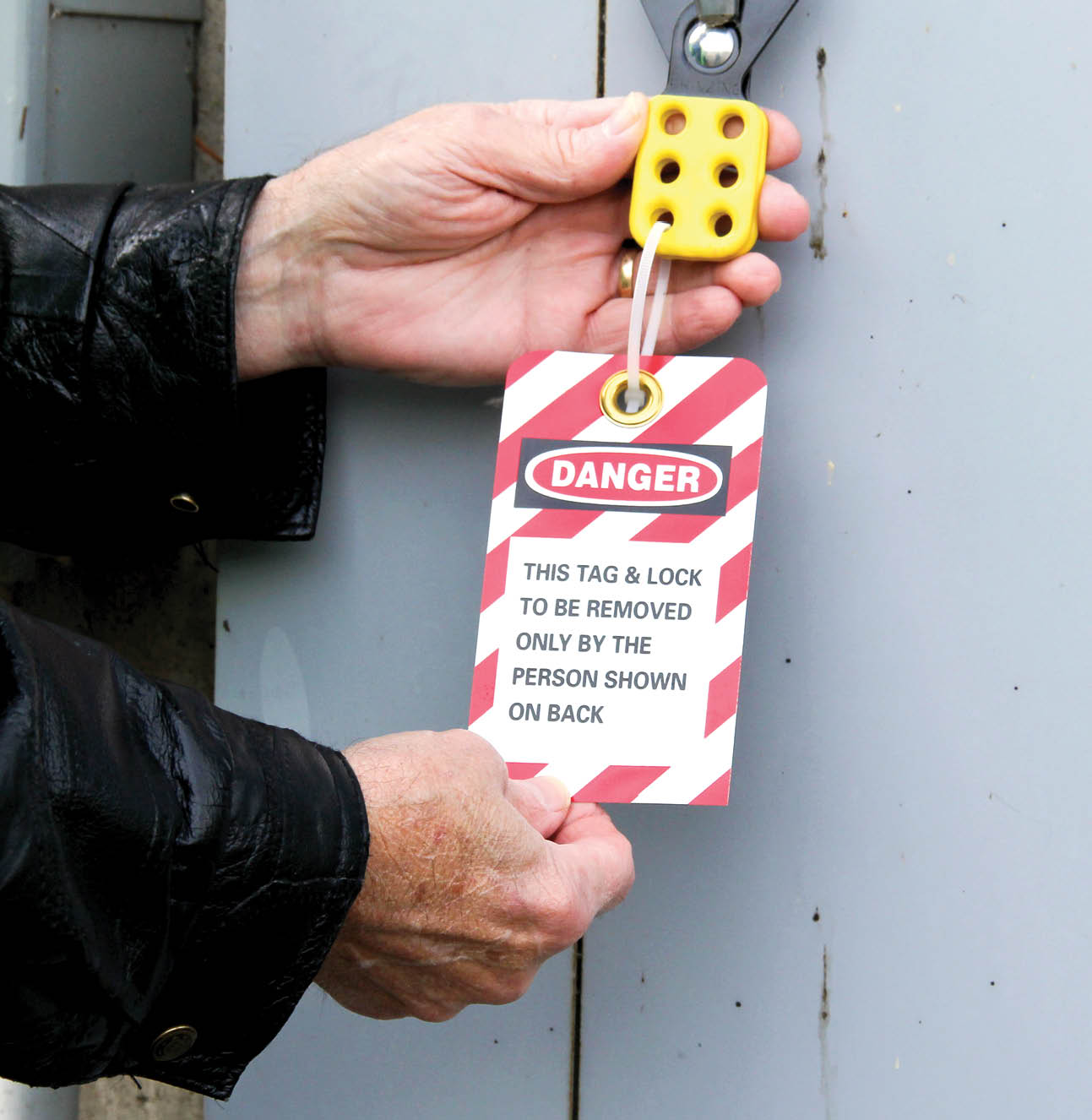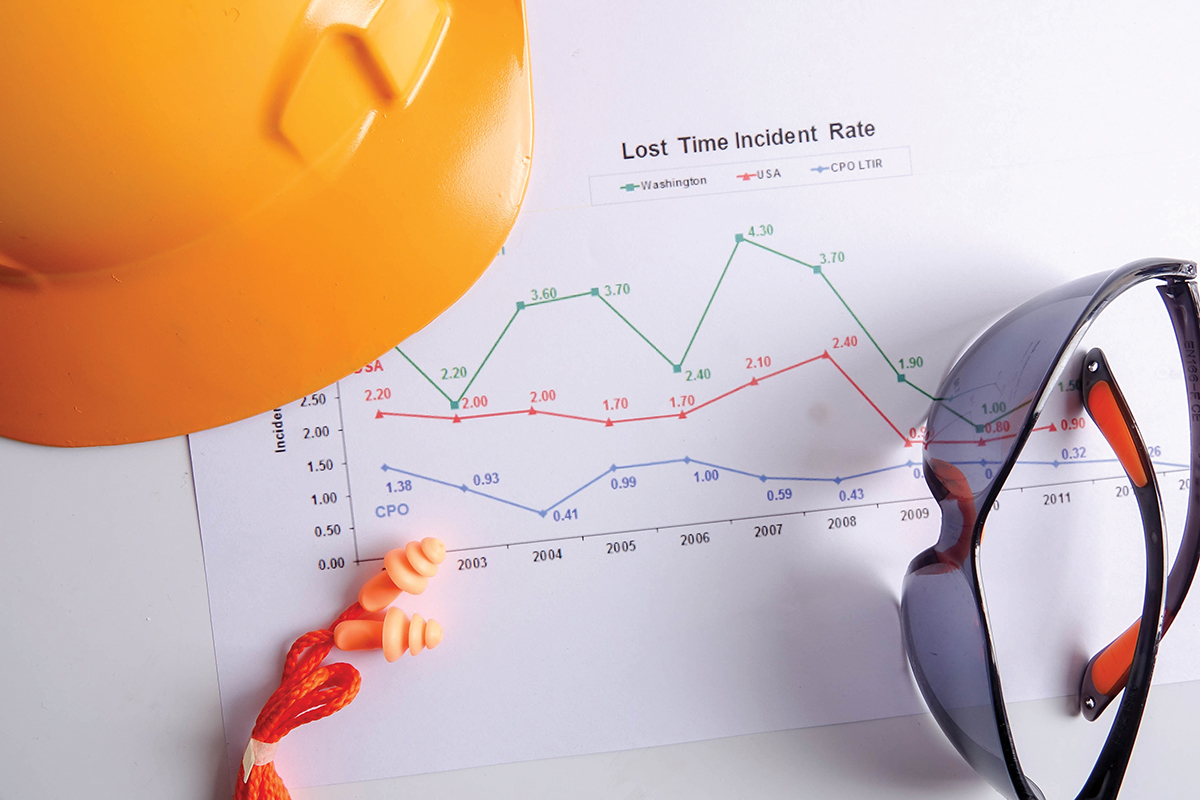In 1994, the Electrical Safety Foundation International (ESFI) was founded as a cooperative effort by the National Electrical Manufacturers Association (NEMA), Underwriters Laboratories (UL), and the U.S. Consumer Product Safety Commission (CPSC). They had the wisdom to see the need to educate consumers on electrical safety to prevent accidents from occurring primarily in homes. In recent years, that safety education has expanded to the workplace. Each year, ESFI sponsors National Electrical Safety Month in May with more than 25 state governors proclaiming the designation joined by several organizations, including the International Association of Electrical Inspectors (IAEI).
In the past decade, we have seen major changes in technology and the way consumers use electricity. Electrical product standards and electrical codes are under continuous review to ensure installation requirements are kept up as new products enter the marketplace. At the same time, product standards are also developed or revised to ensure products are manufactured to a safety standard that will prevent shock and fire hazards.
Our organization has been promoting electrical safety from the very beginning. For more than 90 years, IAEI has brought unbiased focus to interpreting the National Electrical Code (NEC) and the Canadian Electrical Code while also teaching safe installation and use of electricity. In the early years, most of the teaching was done in informal discussions. Then those sessions grew into regular training meetings. Since the 1980s, we have been dedicated to writing and publishing materials that can be disseminated globally through seminars, chapter presentations, various electronic media, and the internet.
While our organization was originally composed of only electrical inspectors, membership in IAEI has quickly grown to include any individual or organization in the electrical industry who wants to focus on safety. It is this common Code forum provided by IAEI that has qualified us to be referred to as the “keystone of the electrical industry”—that interlocking mechanism which ties the supporting pieces together.
It isn’t enough for organizations like ours to promote and teach safety; for the industry to require products to be manufactured to a specific safety standard; or for the equipment to be installed to meet Code. We, as individuals, also need to take responsibility for our own wellbeing.
As consumers, we need to ensure that we are using a piece of equipment for its intended purpose and are following the manufacturer’s instructions, in addition to ensuring that the product is listed or approved by a recognized certification body. This ensures that it has been manufactured to a safety standard and has gone through rigorous testing to confirm it’s safe to use. Buyer beware: there are numerous counterfeit products that are being sold, even though they bear a certification label. It used to be that if the price was too good to be true, it was. That’s not the case today. ESFI and many of the certification agencies have information on how to spot counterfeit goods, and they also provide information on product recalls.
Today, a greater emphasis is placed on workplace safety than ever before. Companies and individuals are being held to a higher standard to ensure workers are trained and to provide a safe work environment. NFPA 70E, Standard for Electrical Safety in the Workplace, and CSA Z-462, Workplace Electrical Safety Standard, have been developed to help protect workers.
There are many reported cases where OSHA has imposed penalties and fines in the tens of thousands of dollars on companies for safety and health violations. Safety is everyone’s responsibility, no matter at work, home, or play, and we need to take responsibility for our own health and welfare.
I worked for a power utility for over 30 years. I recall in the early 1980s, the company had a high accident incident rate and even had several fatalities. The executives decided they needed to implement a safety program. This required a major culture shift within the organization to make safety a number one priority. The company considered every accident to be preventable. They also recognized that in order to change employee behavior when it came to safety and safe work practices, the message needed to come from the top down—from the Board of Directors, to management, to all staff. There was a tremendous amount of training and education along with regular safety meetings. Every accident and injury was reported and documented and the information made available to all employees. It took several years to change the safety culture within the organization. The investment and commitment made by the company and its employees paid dividends as the number of injuries and accidents declined each year.
While we always focus on safety in this magazine, this issue is full of articles that will help you increase your safety awareness and practice. Ron Troyer will explore how Local Law 196 is helping New York City prevent construction accidents. Jim Galloway will look at how Conestoga College in Cambridge, Ontario, is helping to prevent the dangers of stray current damage to electrical systems and arc flash protection through educational videos. And Keith Lofland will continue his analysis of changes in the 2020 NEC.
Even though May is National Electrical Safety Month highlighting awareness of electrical safety, we can’t become complacent during the other 11 months. It only takes a second to incur an injury, but a lifetime to heal.















Find Us on Socials